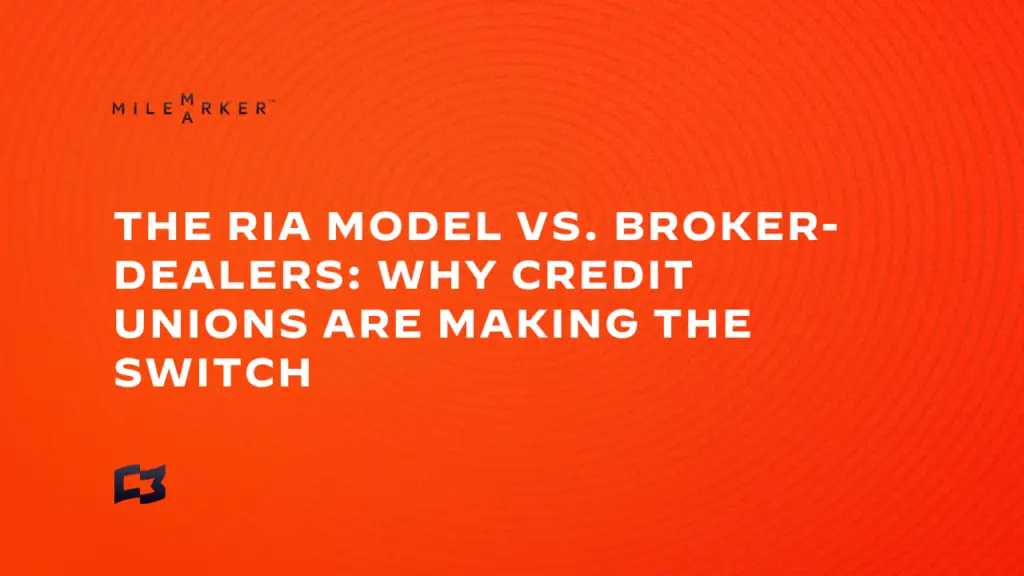The RIA Model vs. Broker-Dealers: Why Credit Unions Are Making the Switch

For decades, traditional broker-dealer models have dominated financial services. Yet these models were never designed with credit unions in mind. Instead, they were built around a very different philosophy—one focused on hitting sales quotas, pushing proprietary products, and maximizing transactions.
Meanwhile, credit unions have always stood for something deeper: personalized service, long-term member relationships, and community-centered values.
Mike Prior, CEO of Priority Financial Group, recognized this fundamental mismatch early in his career. He saw firsthand that credit unions aren’t in the business of selling products—they’re in the business of serving people. And that insight is now fueling a major shift across the industry.
Today, a growing number of credit unions are making a decisive move: leaving behind the broker-dealer framework and embracing the Registered Investment Advisor (RIA) model. Here’s why this change makes perfect sense—and why it’s accelerating.
More Flexibility
Under the RIA model, there’s no corporate pressure to promote a narrow set of investment products.
Instead, credit unions have the freedom to build customized financial solutions that truly meet their members’ unique needs. They can choose the best investment options, technology platforms, and service models—without being tied to sales incentives that might conflict with member interests.
This flexibility empowers credit unions to stay agile, innovate quickly, and provide more responsive service in a fast-changing financial landscape.
More Control
Moving to the RIA model also means greater control over your destiny.
Rather than relying on broker-dealer infrastructure (which often limits choices and imposes restrictive rules), credit unions can now design their own investment platforms, negotiate better technology partnerships, and build services that directly align with their mission-driven values.
As a result, they can create a wealth management offering that feels fully integrated into the credit union’s brand and culture—not just a bolt-on solution.
More Transparency
Perhaps most importantly, the RIA model enforces a fiduciary standard.
This means advisors are legally and ethically required to act in the client’s best interest at all times—not simply recommend “suitable” products. Consequently, transparency becomes a central pillar of every interaction, strengthening trust and fostering deeper, more meaningful relationships with members.
In an era where consumers demand more honesty and accountability from financial institutions, the fiduciary commitment gives credit unions a powerful advantage.
The Future Is RIA-Driven
Ultimately, the future of credit union wealth management is not about commission-driven sales.
It’s about service.
Building enduring member relationships based on trust, transparency, and true financial advocacy.
Embracing the RIA model to deliver measurable value—through better advice, stronger connections, and a commitment to putting members first.
These insights are inspired by The Connected Advisor podcast featuring Mike Prior, CEO of Priority Financial Group. Listen to the full episode here and explore more articles in this series.















